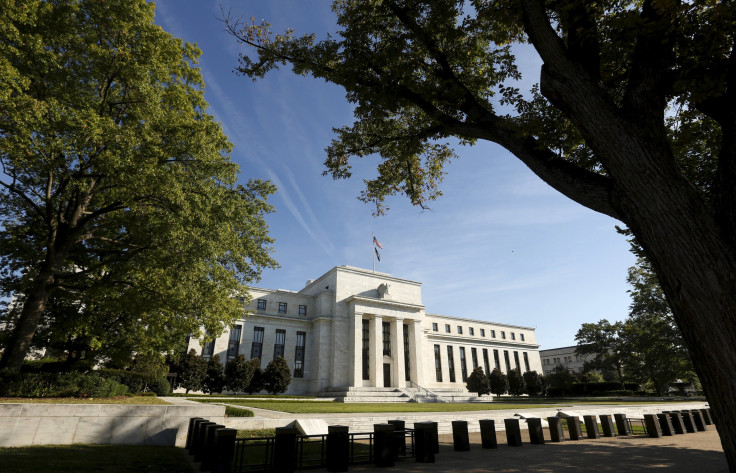US Fed Expected To Keep Rates Unchanged Despite Firming Inflation

Investors across the globe would keep a close eye on a two-day meeting of the U.S. Federal Open Market Committee (FOMC) that begins Tuesday. The meeting, held eight times a year to determine the near-term direction of monetary policy, is unlikely to result in a change in key interest rates that were raised for the first time in nearly a decade in December.
Although analysts and investors are not expecting the Fed to raise interest rates, they would watch the meeting for possible insights into future policy moves and assurance that the central bank will continue to support growth.
“The Fed will be conscious of emphasizing the need to tighten, but only gradually,” Rodrigo Catril, currency strategist at National Australia Bank, told ABC News. “In December, officials projected another four rate increases in 2016, in today's environment that looks way too aggressive.”
The central bank is now expected to hike interest rates only two or three times this year. Analysts believe that Fed Chairwoman Janet Yellen will send signals that the first rate hike of this year is likely in June after the bank has taken into account inflationary pressures and employment data.
The U.S. unemployment rate held at 4.9 percent in February, near the level many Fed officials believe represents full employment. And, in January, the Labor Department’s Consumer Price Index, excluding the volatile food and energy components, rose 0.3 percent — the biggest gain since August 2011. According to a Reuters estimate, the core CPI is likely to rise 0.2 percent over the past month in February.
In the 12 months through January, the core CPI advanced 2.2 percent — the largest rise since June 2012. This figure for February, to be released Wednesday, is expected to hold steady.
However, the Fed, which has a 2 percent inflation target, monitors a price measure, the personal consumption expenditures index, which is still running below the core CPI.
“Overall, the Fed still finds itself in a difficult position. On the one hand, the labor market continues to perform well. On the other hand, the economy still looks a bit ‘shaky’ with some key economic figures such as the ISM indices still being on the weaker side and with markets still being somewhat anxious despite the recovery over the past couple of weeks,” analysts at Danske Bank wrote in a note. “We think the higher-than-expected core inflation prints and continued improvement in the labor market explain why the Fed will probably use the meeting to prepare the markets for further tightening."
© Copyright IBTimes 2025. All rights reserved.






















